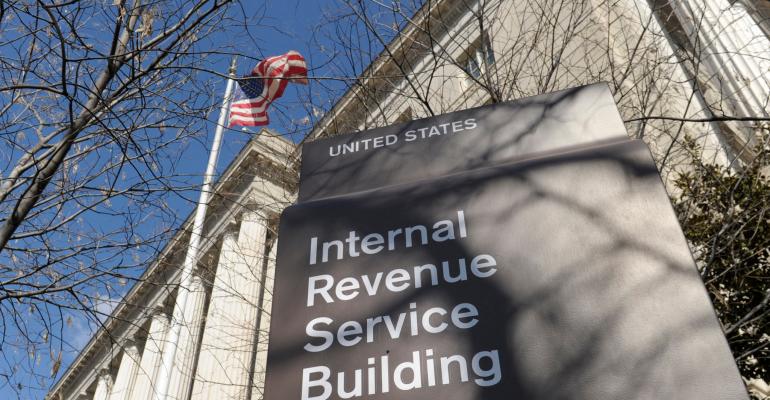The Internal Revenue Service just issued Revenue Procedure 2017-34, which provides a simpler method for extending the time to file for portability elections.
Background
In 2010, the Tax Relief, Unemployment Insurance Reauthorization and Job Creation Act amended Section 2010 of the Internal Revenue Code to allow a portability election for the estates of persons who died leaving a surviving spouse. The election permits the decedent’s unused exclusion amount, defined in the IRC as the deceased spousal unused exclusion amount (DSUE), to be used by his spouse, subject to certain rules. To take advantage of portability, the executor of the first spouse to die must make an election on a timely filed estate-tax return.
In 2012, the Internal Revenue Service finalized regulations regarding portability, providing that estates under the federal filing threshold could obtain an extension of time to file the portability election. An estate could initially file for the extension by requesting a private letter ruling (PLR) under Treasury Regulations Section 301.9100-3 and showing that: (1) the estate acted reasonably and in good faith, and (2) the extension would not prejudice the interests of the government.
In 2014, the IRS published Rev. Proc. 2014-18, which provided a method for obtaining an extension to make a portability election, but it was only available until Dec. 31, 2014.
Revenue Procedure 2017-34
Since the end of December 2014, due to the numerous PLRs issued under Treas. Regs. Section 301.9100-3 granting extensions, the IRS determined that it needed to implement a simplified extension process again. Rev. Proc. 2017-34 provides that process for the 2-year period after the decedent’s death, or prior to Jan. 2, 2018 (for those decedents who died more than 2 years ago).
Under the revenue procedure, estates may make the portability election by filing Form 706 within the necessary time frame (that is, before the later of two years after the decedent’s date of death or Jan. 2, 2018) by making a special note that it’s filed pursuant to Rev. Proc. 2017-34 on the top of the form. To be eligible, the decedent must have died after Dec. 31, 2010, be survived by a spouse, and be a citizen or resident of the United States. The estate must be under the filing threshold and not have filed any prior estate tax return.
Form 706
Form 706 will be considered complete if it’s prepared according to the portability regulations under IRC Section 2010 (these regulations allow exceptions for valuing certain property eligible for the marital and/or charitable deduction). If the filing is made properly, the DSUE will be available for the surviving spouse’s transfers during lifetime or at death. However, the surviving spouse may not use the DSUE obtained through the extension process to claim a credit or refund of gift or estate tax if the statute of limitations for the claim has expired. (However, the spouse could make a protective credit or refund claim within the statute of limitations period, pending the filing of the portability return.)
If a letter ruling is pending on June 9, 2017, the IRS will close its file and refund the fee paid. The estate should follow Rev. Proc. 2017-34 to obtain an extension.

